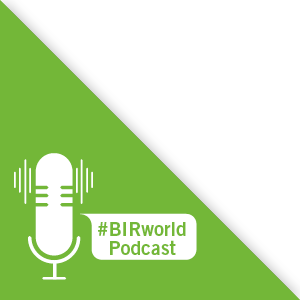In August, the China Nonferrous Metals Industry Association Recycling Metal Branch (CMRA) published the “2018 China Recycling Nonferrous Metals Industry Development Report”. This provides an overview of the non-ferrous metals industry and of its development in 2018; analyzes the industry’s structure and resource supply; summarizes and interprets the relevant policies, plans and standards relating to the industry’s development; summarizes the latest development characteristics of the industry; and analyzes and forecasts industry development trends.
The report highlights the steady growth in China’s secondary non-ferrous metals production, with the total increasing by 2.4% in 2018 to 14.1 million tons. Copper production climbed 1.6% year on year to 3.25 million tons while the growth for aluminium was 0.7% to 6.95 million tons. Lead production was approaching 9.8% higher last year at 2.25 million tons and the zinc total increased by 3% to 1.65 million tons.
Also evident in 2018 was the large decline in secondary raw material imports resulting from the Chinese government’s import policy adjustment. China imported 3.986 million tons of copper-, aluminium- and zinc-containing scraps, comprising 2.41 million tons of copper scraps (down 32.2% year on year), 1.56 million tons of aluminium scraps (down 28.8%) and 16,000 tons of zinc scraps (down 8.8%). However, there was a significant improvement in the quality of these imported scraps.
Meanwhile, there was an increase in China’s domestic non-ferrous metals recycling in 2018, with the totals for copper and aluminium amounting to, respectively, 2.1 million tons and 5.1 million tons, thus accounting for 64.6% and 73.1% of the total secondary copper and aluminium supplied. Lead-acid battery recycling reached 3.45 million tons.
The CMRA report emphasizes the contribution of non-ferrous metals recycling to resource/energy conservation, environmental protection and emission reduction. Compared with the production of primary metals, recycling a ton of copper, aluminium and lead can save respectively 1054, 3443 and 659 kg of standard coal, as well as 3950, 220 and 2320 cubic metres of water, while reducing solid waste discharge by 380, 20 and 128 tons. For each ton of copper and lead recycled, carbon dioxide emissions can be reduced by, respectively, 0.137 and 0.03 tons.
Based on these figures, China’s non-ferrous metals recycling industry will have saved at least 28.82 million tons of standard coal and 1.96 billion cubic metres of water last year, while reducing solid waste discharge by 1.76 billion tons and sulfur dioxide emissions by 508,000 tons. In so doing, it will have contributed greatly to the resource conservation, environmental protection, energy conservation and emission reduction of the non-ferrous metals industry.


